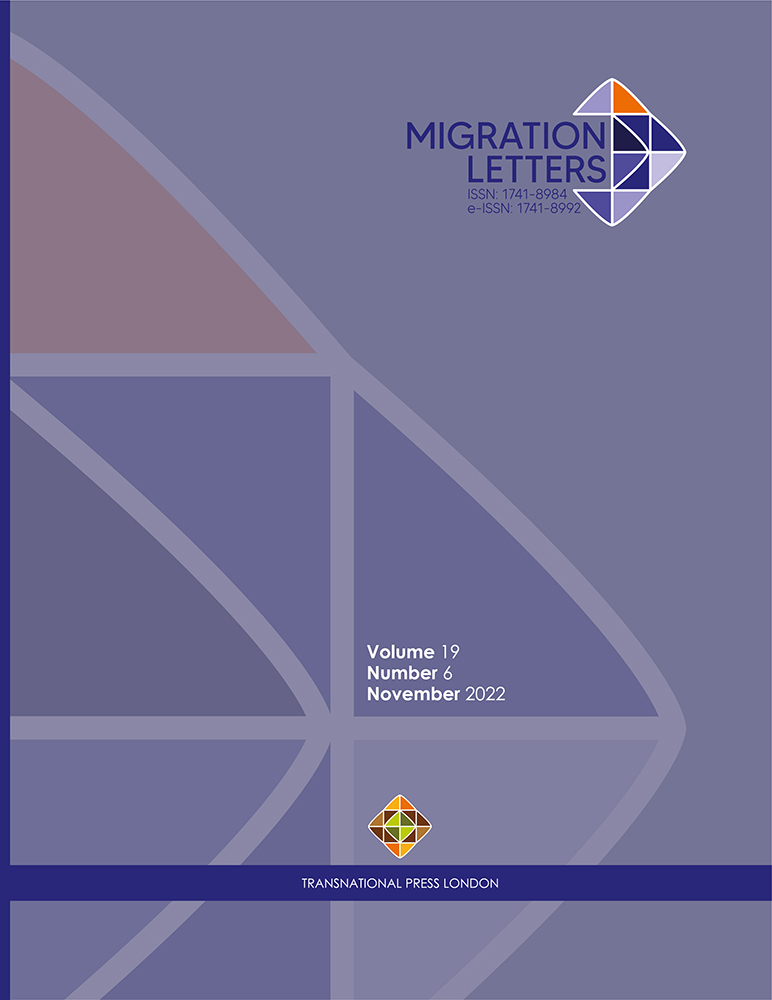Segregation, education, and inclusion of European Roma: A demographic analysis
Segregation, education, and inclusion of European Roma: A demographic analysis
Author(s): Krzysztof CzadernySubject(s): Sociology, Social differentiation, Migration Studies, Ethnic Minorities Studies
Published by: Transnational Press London
Keywords: Roma; inclusion; education; segregation; desegregation;
Summary/Abstract: The isolation of Romani people is rooted both in discrimination by non-Roma and in Romani informal institutions known as romaniya. Residential desegregation is a sectoral objective in the European Union public policies for Roma. The current study is based on the EU-MIDIS II study of 20,375 Romani adults from south-western and south-eastern Europe. A logistic regression with fractional polynomial transformation is used to model hypothesised relationships between education and residential segregation on the one hand and economic outcomes and discrimination on the other among segregated and non-segregated Roma. The analysis demonstrates that among Roma, more years of education were related to a higher likelihood of adult employment, living above the at-risk-of-poverty threshold, and the ability of households to make ends meet irrespective of the ethnic composition of the neighbourhood. In densely populated areas residential segregation was not significantly associated with the economic performance of the Roma. Education and residential segregation were not significant predictors of self-perceived discrimination.
Journal: Migration Letters
- Issue Year: 19/2022
- Issue No: 6
- Page Range: 897-909
- Page Count: 13
- Language: English

